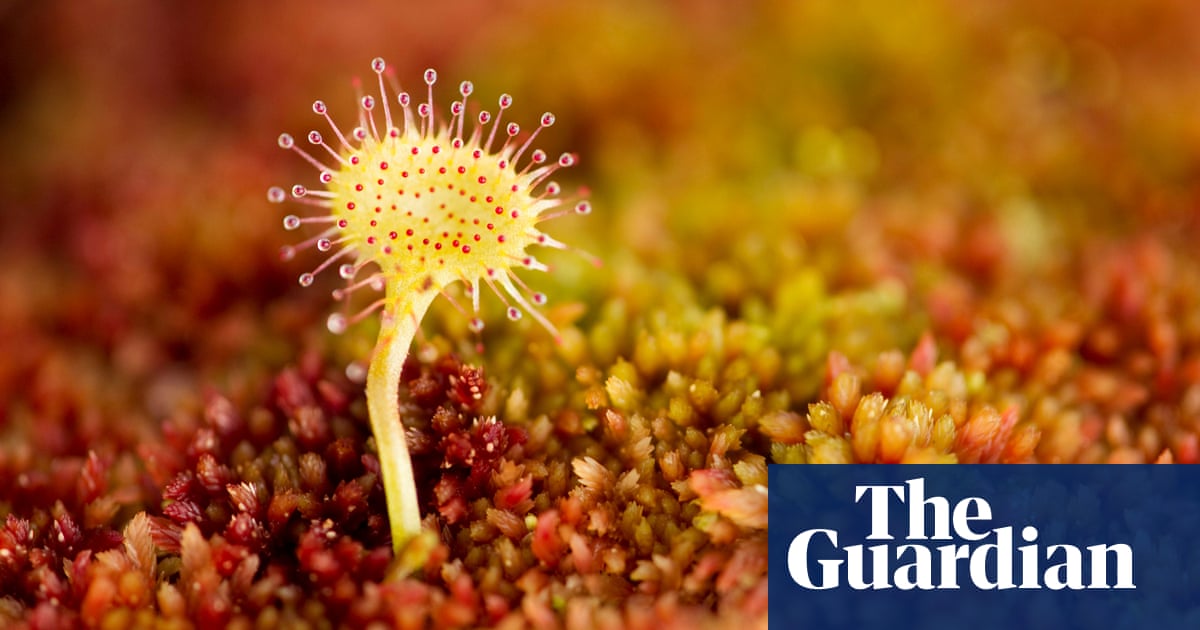
Native oysters have unexpectedly returned to the shores of Belfast Lough after more than 100 years, researchers have discovered – though scientists are still unsure how they got there.
Ostrea edulis, the European flat oyster, is listed as threatened and/or declining by the Ospar conservation scheme and is the focus of numerous biodiversity projects around Europe. But now it has impressed scientists by establishing itself in Belfast Lough without the aid of a reintroduction programme.
Large numbers of oysters were last recorded in the sea inlet during the late 1800s before they were fished to oblivion a few years later.
A WhatsApp photo of an oyster, found by an old friend who had taken a loughside walk, was what first alerted David Smyth at Bangor University in Wales to the recurrence of the species.
“I nearly fell off my chair,” he said. That was two years ago and, on a visit to scour the coast, he failed to find any himself. But after receiving another report, Smyth conducted a systematic survey in May and June this year, and discovered 41 live oysters scattered around the coast.
It’s a boost to biodiversity in the lough, since oysters filter seawater and their shells provide a habitat for many other sea creatures including tiny worms, snails, algae and anemones.
Smyth and his colleagues published details of the discovery in the Regional Studies in Marine Science journal. They reveal that some of the oysters, based on estimates of their age, might have been living in the lough for a decade.
“The big question is, how did they get there?” Smyth said. One theory suggested by the researchers is that sediment moved to Belfast Lough from the Irish Sea perhaps contained young oysters, which then went on to establish a small population in the area.
Belfast is an increasingly busy port and it is also possible that the regular washing effect caused by ships’ wakes has reduced the amount of sediment along the lough shore to levels suitable for oyster reproduction. They prefer a seafloor littered with shells and low in sediment, according to Joanne Preston at the University of Portsmouth, who was not involved in the research.
“I think it’s really interesting,” she said of the oysters’ return, adding: “The take-home message is, if you create the environmental conditions … then the species will be able to establish there again.”
The oysters, still scarce in the lough, would probably require intervention from conservationists if they are to thrive, said Smyth. Because of this, and the possibility that the shellfish may contain pollutants, he cautioned against members of the public gathering and eating them.
In principle, however, the lough could one day be home to a future oyster fishery right near Northern Ireland’s capital, he added.
The return of oysters was encouraging, said Lynn Gilmore at the Seafish Northern Ireland Advisory Committee, an industry group. She also happened upon one of the oysters while out walking this April, and told Smyth about her find.
She said that 40 years ago the water quality was very different: “I remember my granny letting us go swimming in Belfast Lough – and coming out with tar on our feet and her having to clean it off with butter.”












